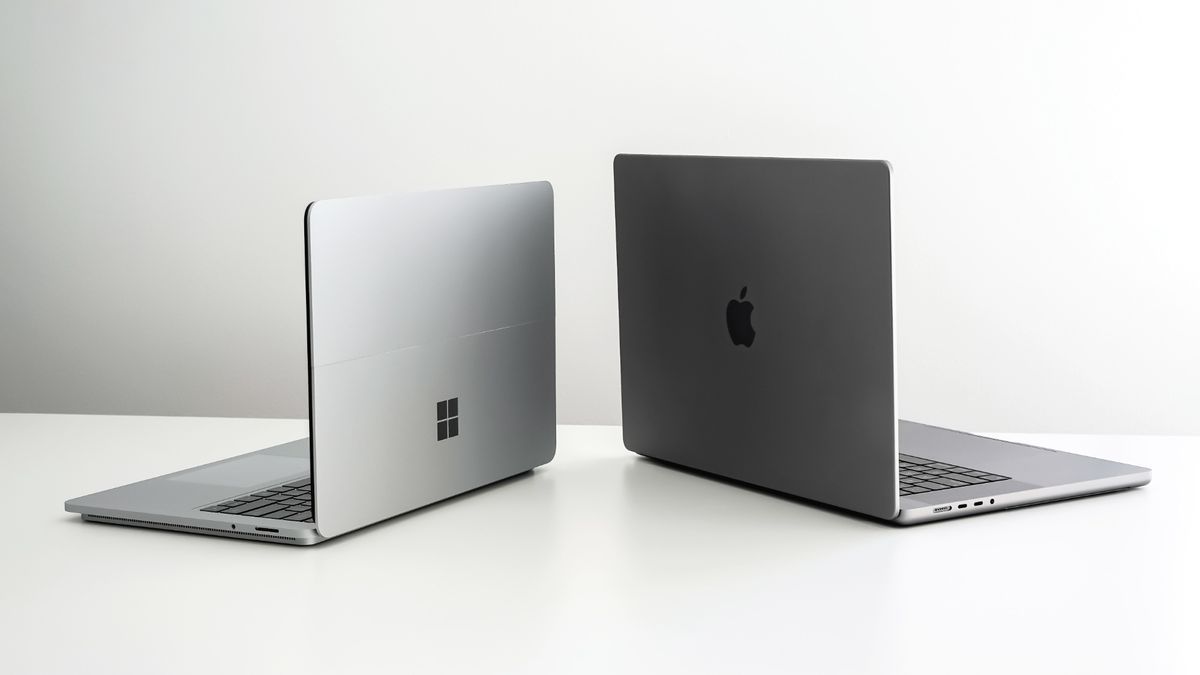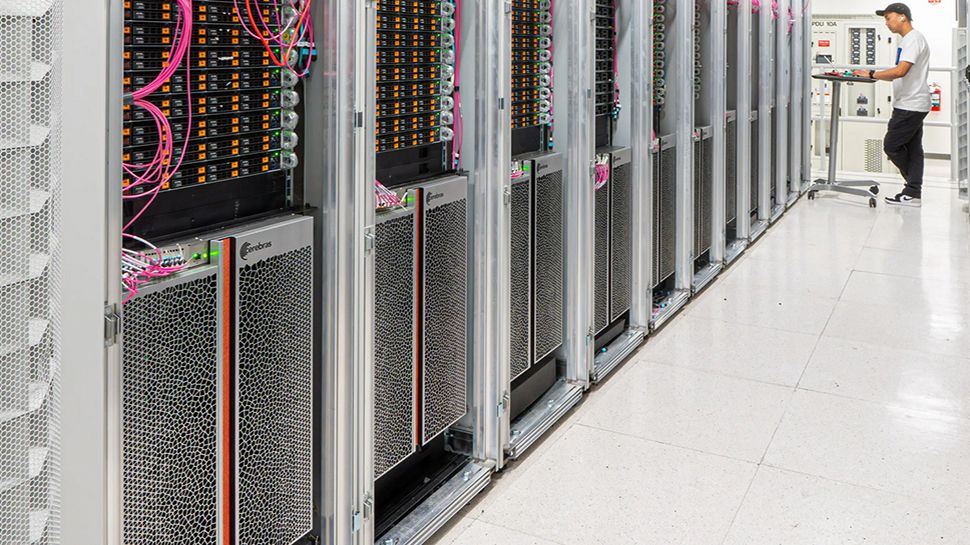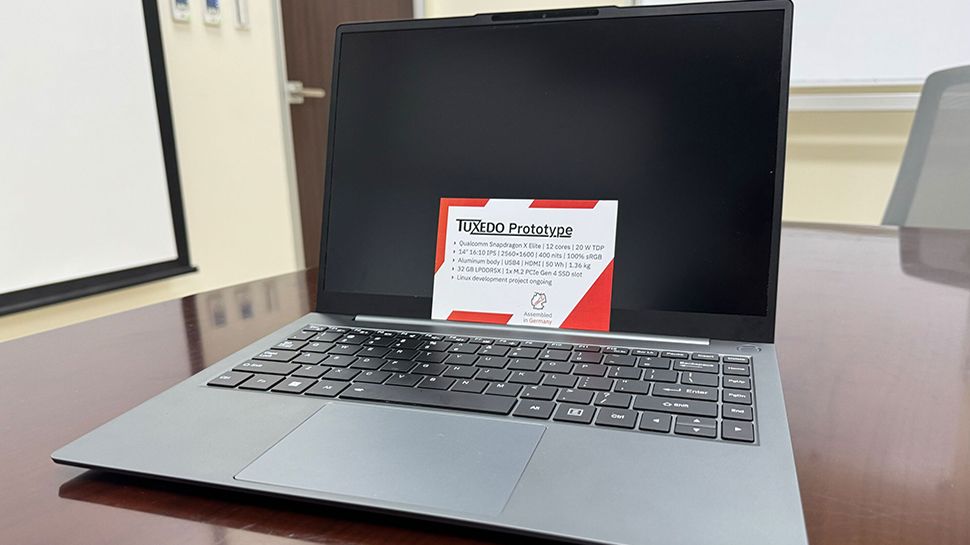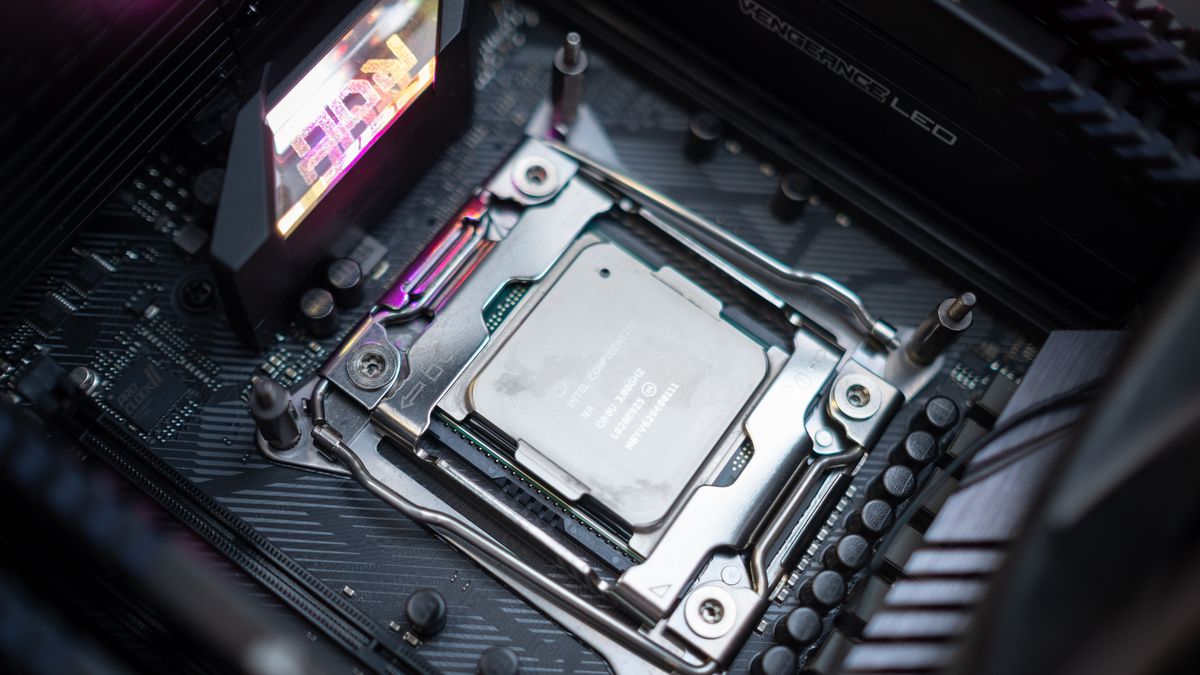It looks like Windows 11 could be getting a new device management feature that will look a little familiar to anyone who's ever used Apple's rival macOS Sonoma operating system for Macs and MacBooks.
As MSPoweruser reports, an initial build of an upcoming Windows 11 update adds a new “Linked Devices” window within the Settings app, giving users an overview of all the devices, like laptops and Xbox consoles, they've booted up. Sign in to your Microsoft account.
From that window, it appears that users will be able to manage each device from a single screen.
Apple-like convenience
You might be surprised at how many devices you've linked to your Microsoft account, especially if you have multiple laptops. Signing into your smartphone and connecting it to your Windows 11 device via the handy Phone Link app and using your Microsoft account to sign up for other services could also mean that your 'Linked Devices' list is actually longer than you think. what I expected.
It's always important to keep track of the devices you log into, especially if you plan to sell or give away a device. Currently, there is no easy way to see all the devices that are signed in to your Microsoft account in Windows 11; instead, you need to go to the Microsoft account website. It's not the most intuitive website, and displaying this information much more clearly in Windows 11 is a good decision in my opinion. However, as MSPoweruser points out, for the time being some tasks you want to perform with the devices will still need to be done through the website.
However, it's (very) early days with this feature, as it's currently only available with beta build 22635.3495, which is only available to people enrolled in the Windows 11 Insiders program. By the time this feature rolls out to all Windows 11 users, hopefully more tasks will be integrated directly into Windows, rather than having to go to the website.
This addition adds an Apple-like level of convenience to Windows 11, something the operating system often lacks. As I've said many times before, Windows 11 can sometimes feel like a mix of new and legacy operating systems, and that means it doesn't offer a cohesive experience.
Meanwhile, Apple's macOS is certainly not perfect, but it integrates its various devices much better than Windows 11. Of course, since Apple is Apple, this works best if all of your other devices are also Apple products, and because of the wide range of devices available. Of the manufacturers making Windows 11 products, Microsoft does not have this luxury.
However, this new feature is certainly welcome and brings Windows 11 closer to the kind of easy device management that Apple is known for. If Microsoft has really taken inspiration from its archenemy, then I'm not complaining. In fact, here are some other Apple features that I wouldn't mind copying from Microsoft:
Now, a few years ago, the idea that I could one day suggest that Microsoft change the iconic Windows Start menu to be more like macOS's Launchpad would have been ridiculous. Since its debut in Windows 95, I've always preferred the Start menu: it was easy to find the application I wanted to start, and it was limited to the bottom left corner of the screen, it didn't feel intrusive. unlike the full screen Launchpad.
In fact, when Microsoft removed the Start menu in Windows 8 for a full-screen Start screen much more like a Launchpad, I, like many other Windows users, was horrified.
However, while the Start menu has returned in Windows 10 and Windows 11, Microsoft has seemingly gone to great lengths to make it avoid the once-essential part of the operating system.
Placing apps and widgets that I don't want or use in the Start menu makes it harder to find what I really want, and it looks like it's going to get worse as Microsoft is apparently considering putting ads for suggested apps in the Microsoft Store in the Start menu. “Recommended” section of the Start menu.
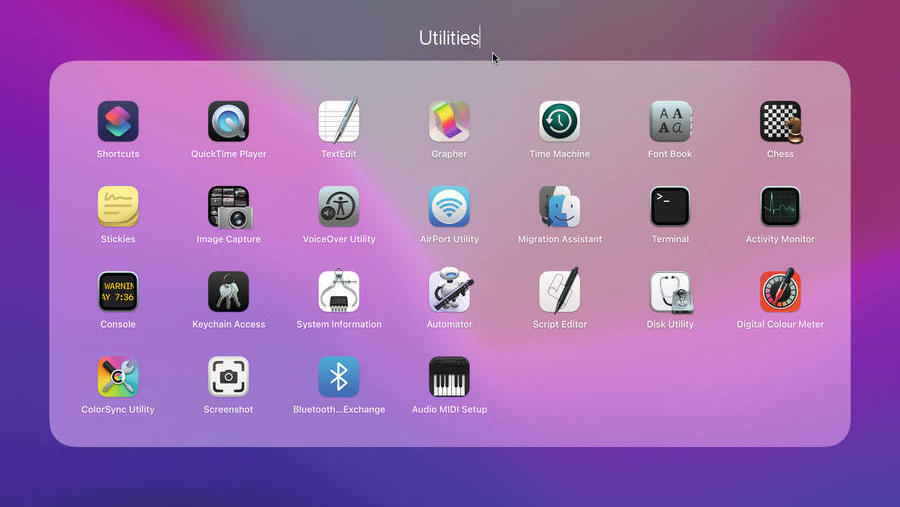
More unnecessary bloat means it's harder to find the apps you actually need. want to use, and ironically it means I open the Start menu less and less these days. The fact that in Windows 11 the Start menu now appears right in the middle of my desktop means it can look as unsightly as Launchpad (unless I change the settings to move the Start menu back to the left corner).
It's gotten to the point where I prefer to use Launchpad. Sure, I still don't like that it takes up my entire screen, but there are no ads, notifications to try more services, and few pre-installed apps there. Instead, it simply shows me the apps I've installed, allowing me to quickly find and open them.
2. Make the taskbar more like the Dock
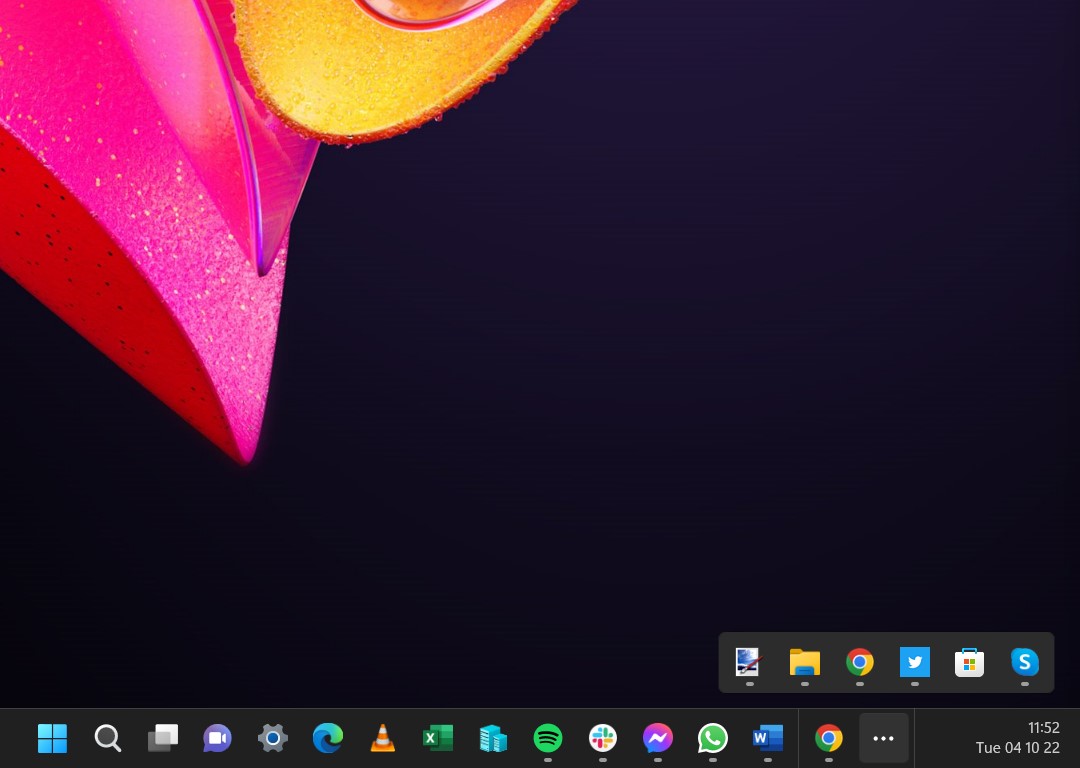
This is another suggestion that I can hardly believe I'm making in 2024, but the sad reality is that even though the macOS Dock comes after the Windows Taskbar set up the…er…bar… Microsoft's tweaks ended up making the Windows 11 version of the taskbar much less useful.
At first glance, the centering of app icons suggests that Microsoft has already taken inspiration from the macOS Dock, but if that's the case, then it's learned the wrong lesson.
macOS Dock is a more elegant solution for quickly opening your favorite apps while switching between open windows, but not because it's in the center of the screen. As with the Launchpad, the Dock is thankfully free of clutter, while the taskbar can look cluttered in comparison.
By default, in addition to icons for your apps, the Windows 11 taskbar also displays the search bar (which often features graphics), weather warnings, notifications, and the new Copilot icon, many of which I never use.
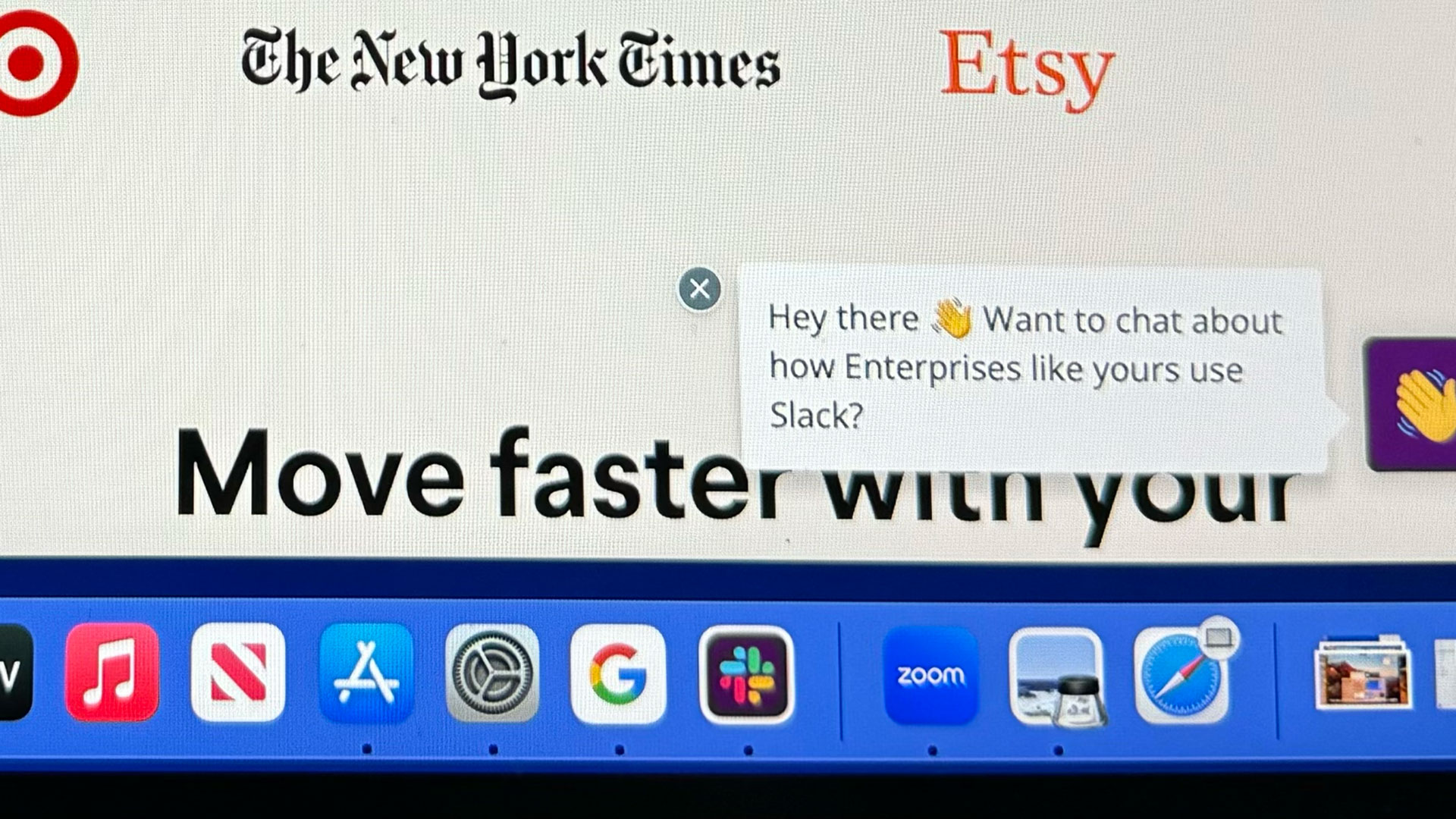
Additionally, while the Dock is in the center of the screen, the taskbar extends across the entire screen, and while app icons and the Start menu appear in the center, weather icons appear on the far left. , while notifications, time and date, co-pilot and volume controls are pushed to the opposite side. This means that the Windows 11 taskbar feels cluttered and at the same time has a lot of wasted space.
Worst of all, Microsoft has removed many features from the taskbar in Windows 11 compared to previous versions of Windows, including the ability to drag and drop apps to the taskbar to pin them so they always appear there, or drag and drop files onto an app's taskbar icon to open the file in the app.
It's a curious move that has many Windows 11 users stumped, and I'd like to see Microsoft take inspiration from both macOS. and older versions of Windows to create a modern taskbar that's stylish, powerful, and easy to use.
3. Make the Microsoft Store more like the App Store (i.e. make it more useful)
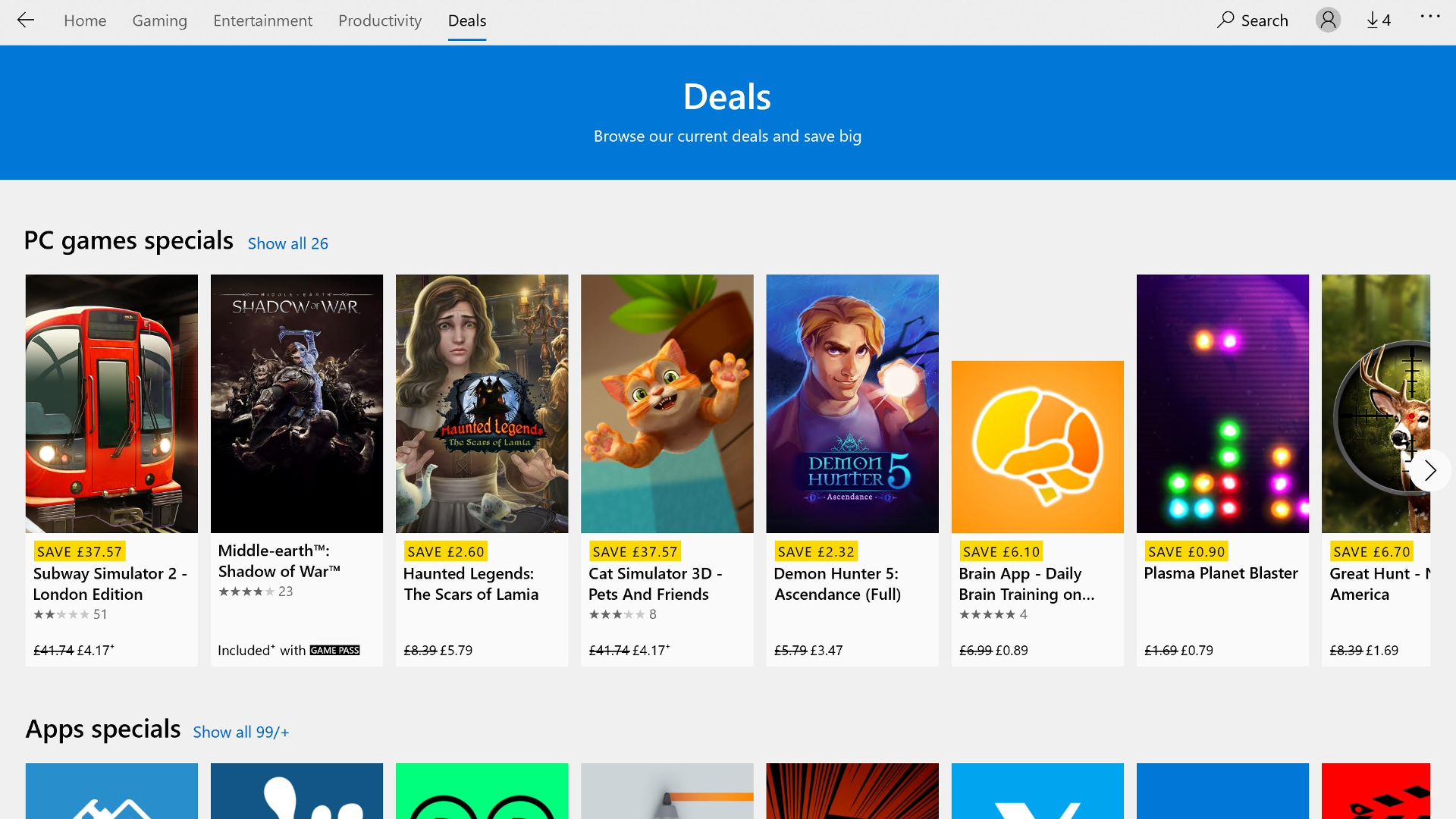
This last point is probably one that Microsoft would love, but since the introduction of the Windows Store with Windows 8, the company has had a difficult time defending what is now called the Microsoft Store.
Like the App Store on macOS, the Microsoft Store offers a way to find and install apps. It should be easy and secure (as all apps in the store are tested to ensure they don't include malware); However, although the App Store on macOS seems like a useful, perhaps even essential, part of the operating system, the Microsoft Store is easily ignored.
Microsoft must look at the money Apple raises through the App Store with seething jealousy. So what can Microsoft learn from Apple's implementation?
For starters, the App Store looks cleaner and seems more curated. The Microsoft Store certainly looks better than it did in the past, but it's still not the easiest when it comes to finding the things you want (a theme developing here). It also seems slow and sluggish compared to the App Store.
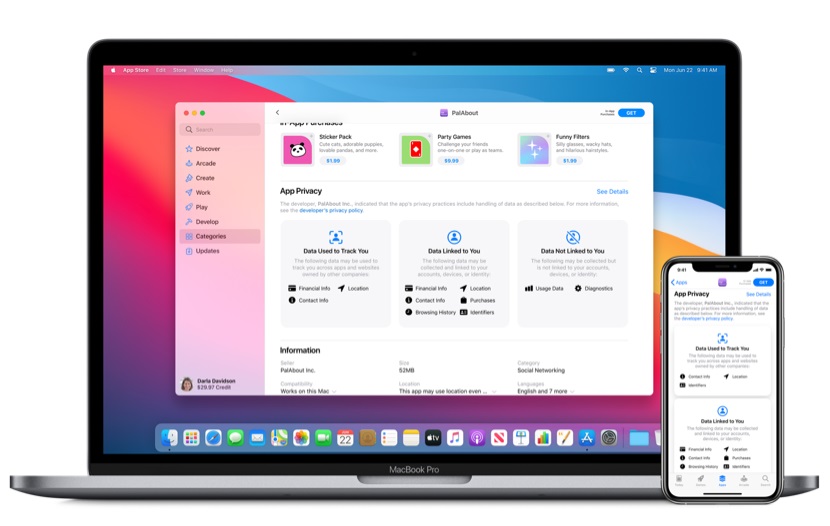
Microsoft has also had difficulty getting developers to create custom versions of its apps for the Microsoft Store, meaning it seems a bit thinner than the App Store. It also means that some versions of apps downloaded from the Microsoft Store lack the features of the same app downloaded from a website. It also leads to strange inconsistencies, such as the Paint.net app being a paid app on the Microsoft Store, but free to download from the official website.
Probably the biggest problem for Microsoft when it comes to this is that the App Store has been such an integral part of macOS for so long that users don't think about using it to install new apps. They will also rely on Apple's recommendations for new apps.
Microsoft doesn't have that kind of reverence from its users, and Windows users have grown up primarily using the Internet to find and download apps, preferring the freedom to choose where to download the app from and where to install it, even if it comes with certain risks.
It's hard to see how Microsoft can change much of that, but by making the Microsoft Store more useful, easier to navigate, and with a much broader selection of apps, it could help make it more popular with its customers.
Apple (and macOS) is far from perfect, and there are many things that Windows 11 does better than macOS, but if Microsoft is in the mood to follow the advice of its fruit-themed competitor, the suggestions above would be very welcome.

